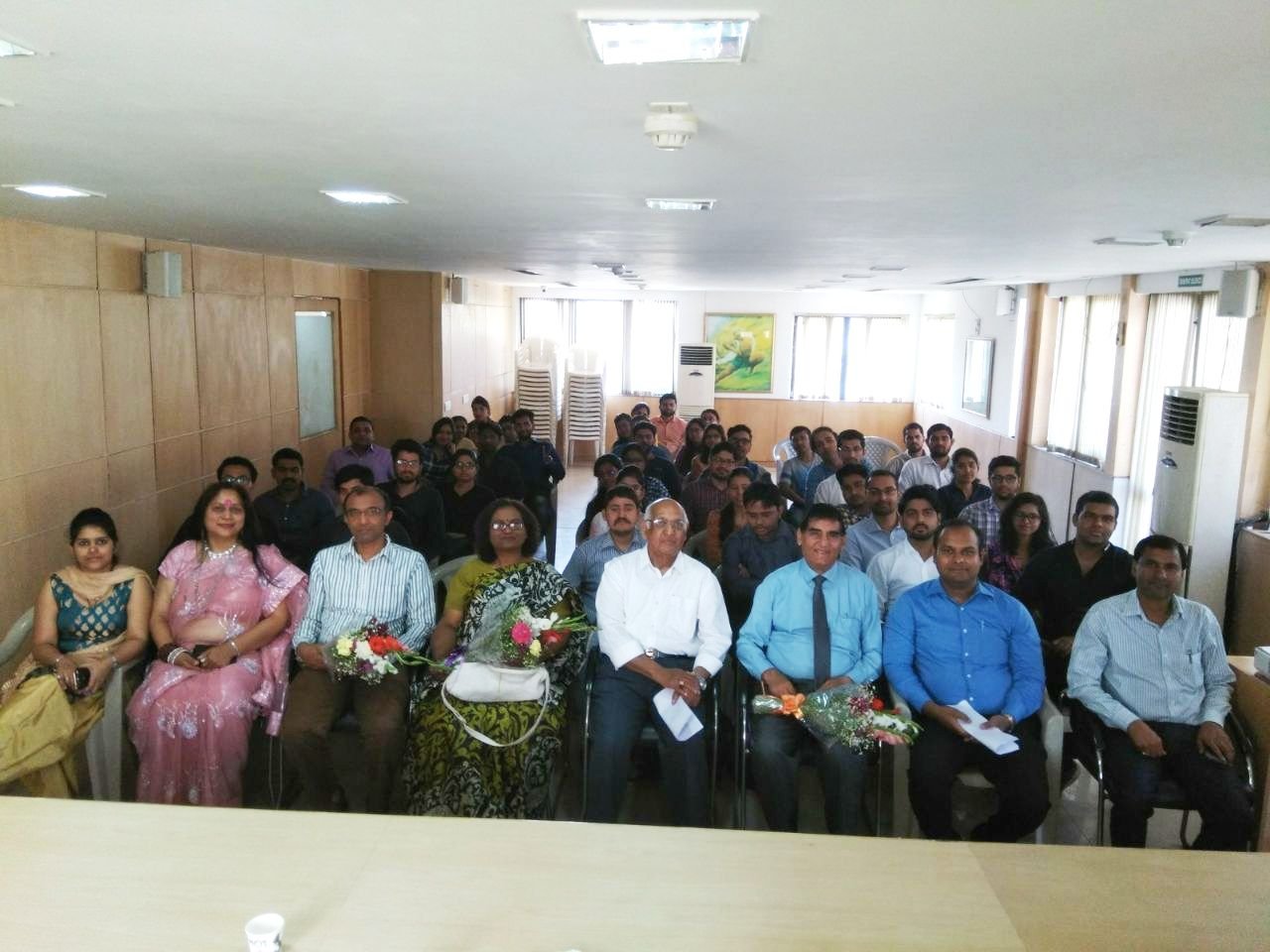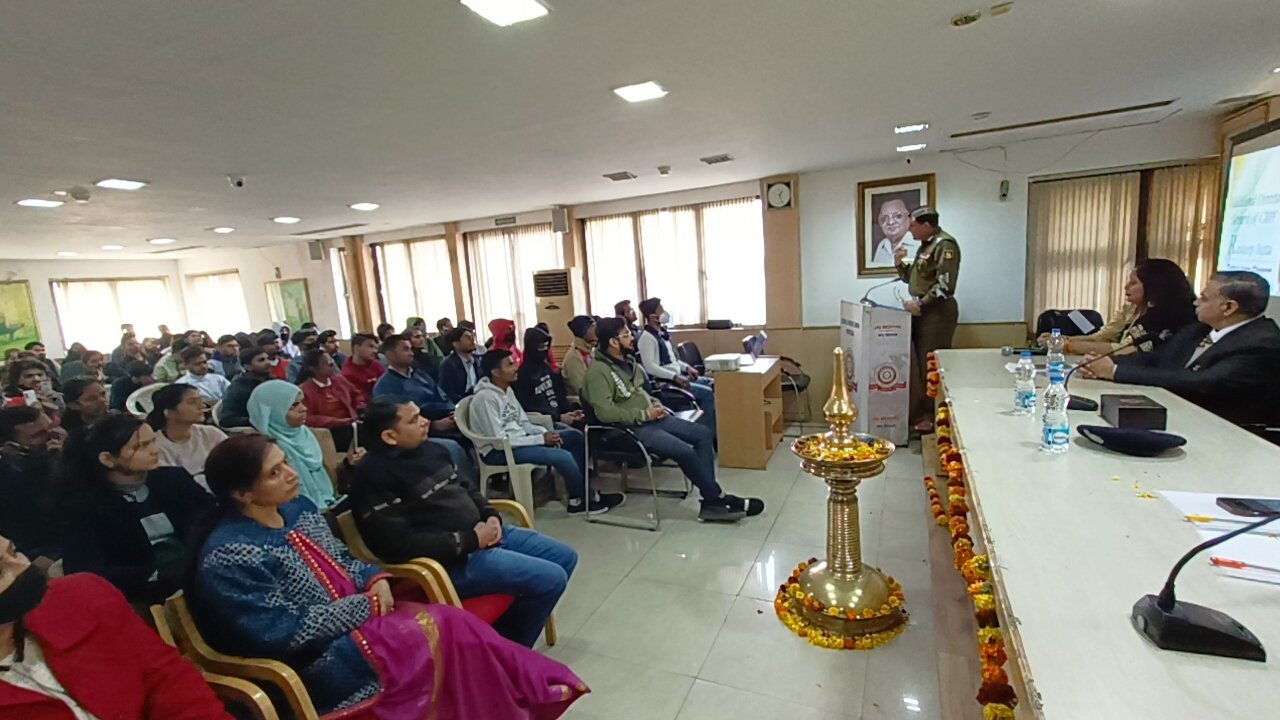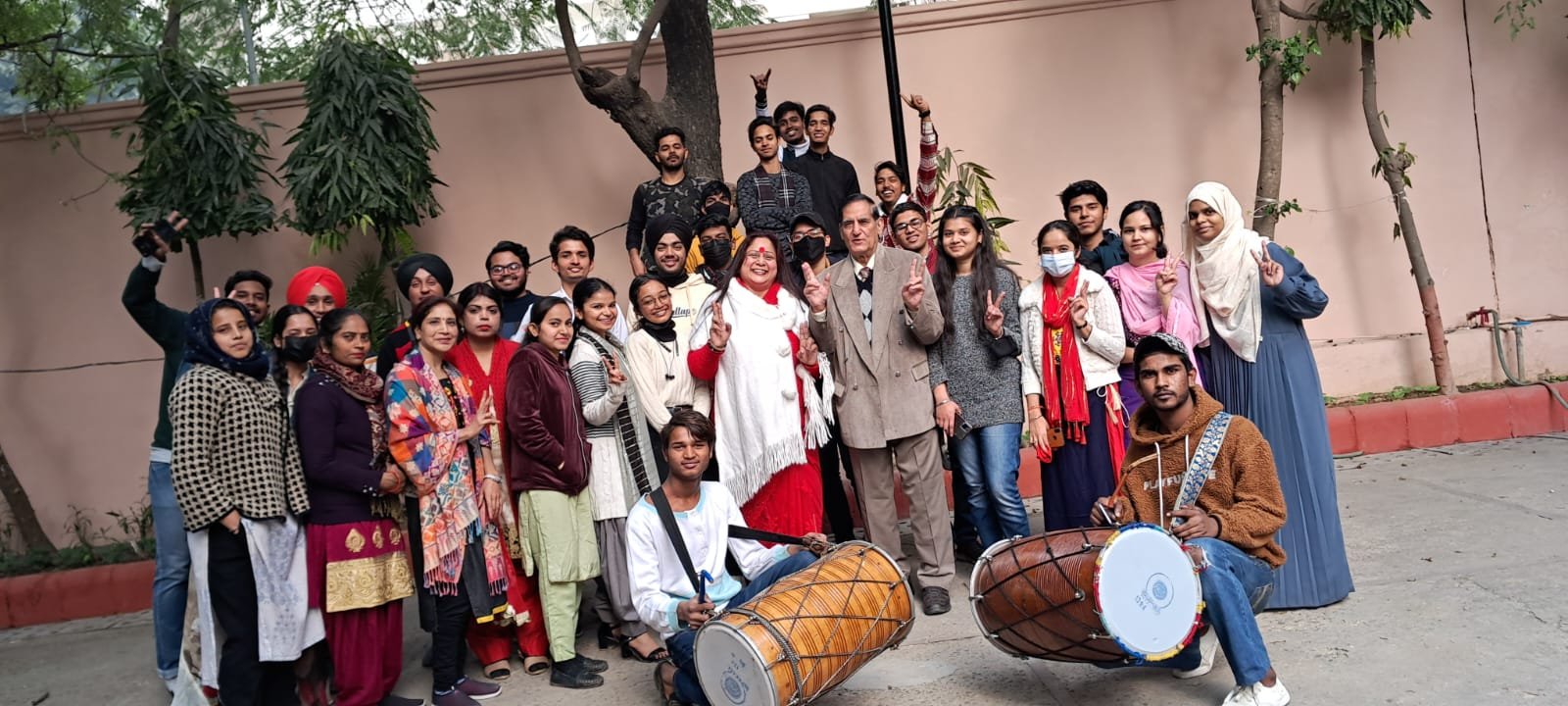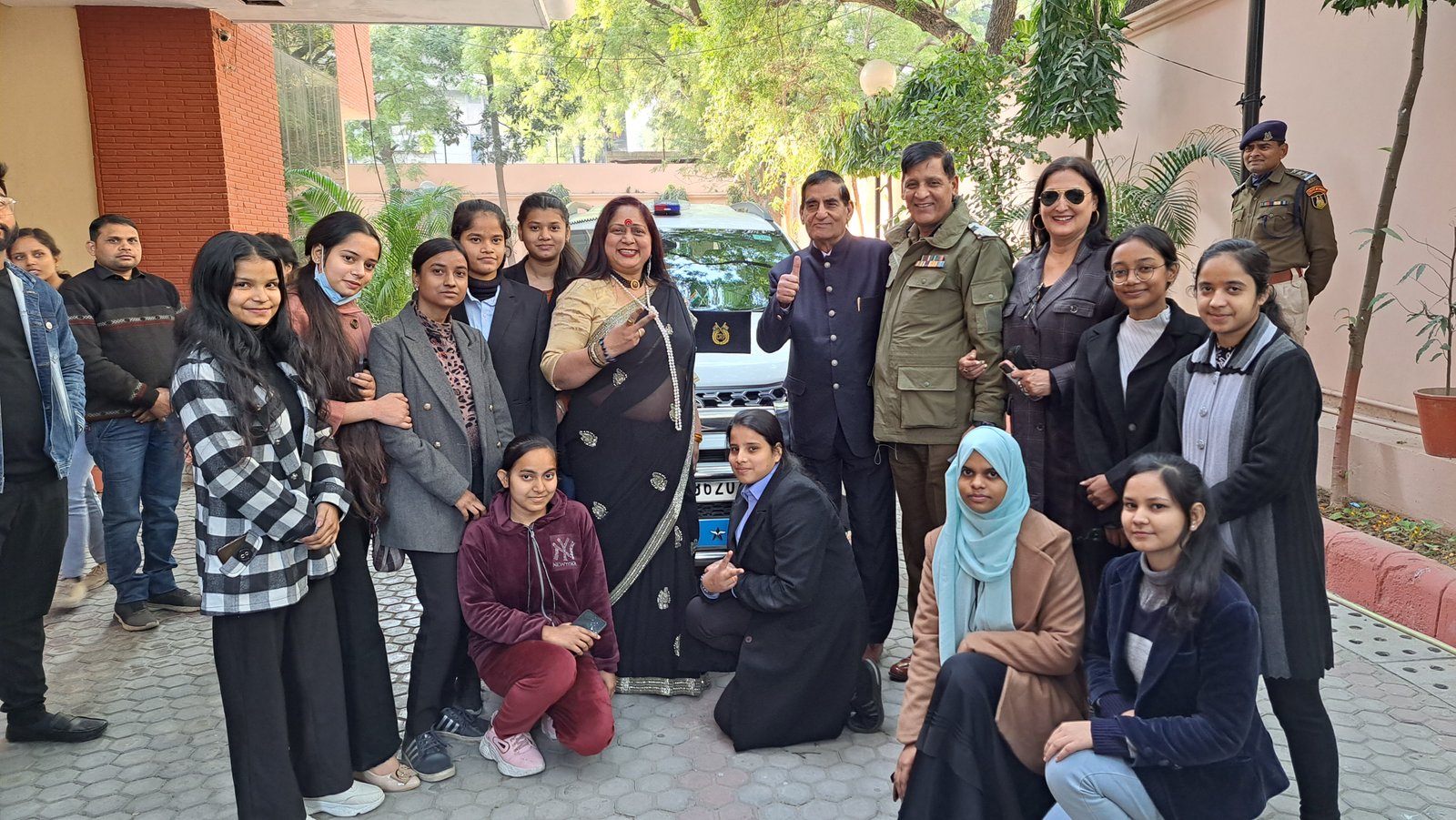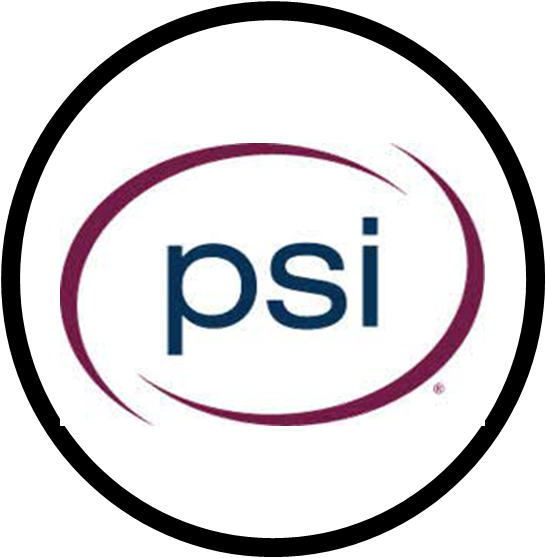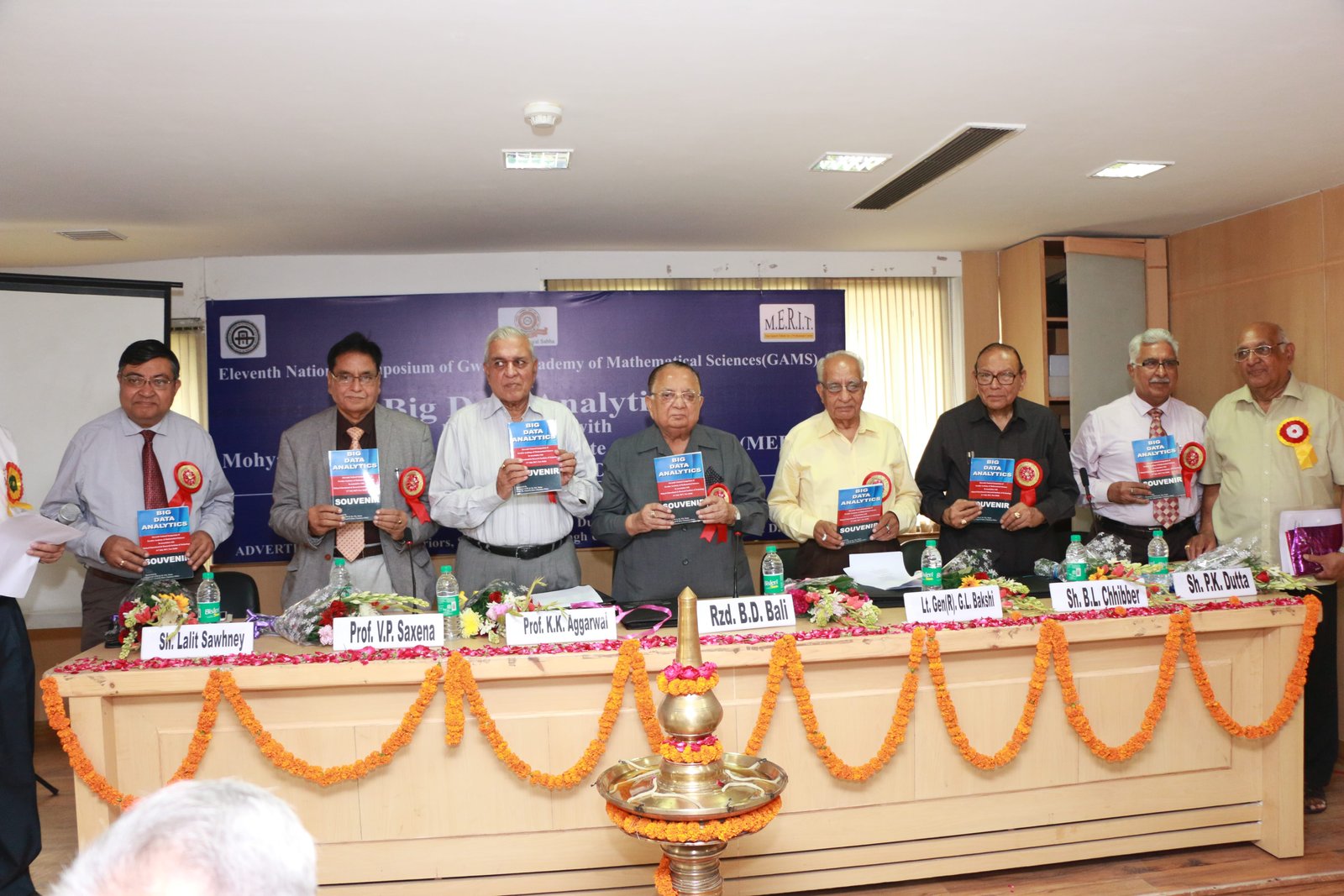MERIT News
 Cover Page for IGNOU Assignment
Cover Page for IGNOU Assignment
 LMS Assignment Submission Process
LMS Assignment Submission Process
 Assignment Submission Link - TEE JUNE 2024
Assignment Submission Link - TEE JUNE 2024
 1.
BCA-ODL Schedule, Assignments and Study Material
1.
BCA-ODL Schedule, Assignments and Study Material
 3.
MCA - OL Schedule, Assignments and Study Material
3.
MCA - OL Schedule, Assignments and Study Material
 4.
MCA NEW - ODL Schedule, Assignments and Study Material
4.
MCA NEW - ODL Schedule, Assignments and Study Material
 5.
PGDCA Schedule, Assignments and Study Material
5.
PGDCA Schedule, Assignments and Study Material
COPA
DATABASE SYSTEM ASSISTANT
ABOUT MERIT
READ MORE...
OFFICE
Notice Board
-
Faculty Required for MERIT
Qualification-: MCA, at least two years experience of teaching in a recognised institute after passing MCA.
please contact to:
rkd_nr@yahoo.com
01141325252




